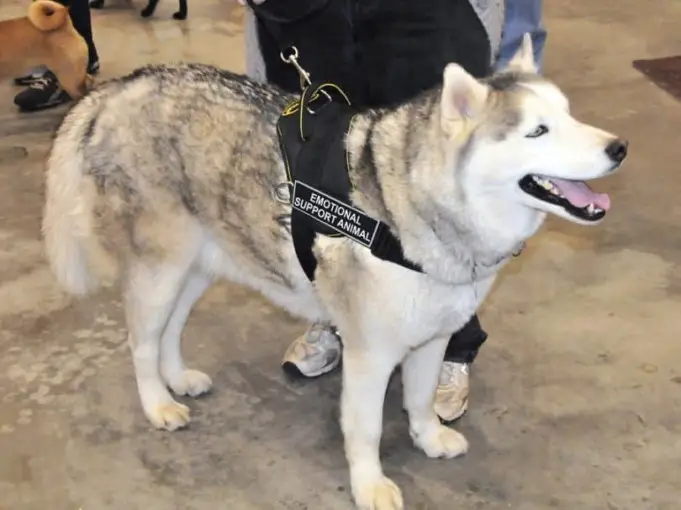Mental health issues affect millions of people each year, both children and adults. With so much medication and external influences to consider, it’s no wonder that many are moving toward more holistic approaches to treatment, especially when children are involved.
Various anxiety disorders impact children. These disorders can have negative implications for their development and social life. Working with an emotional support animal can help children offset the effects of these disorders.
What is an Emotional Support Animal?
 An Emotional Support Animal (ESA) is an animal that has been designated as a form of support and therapy for those who experience mental illness. It can be any animal– though dogs and cats are most common– and requires no special training. Emotional support animals are allowed on most commercial airlines and in rental buildings with a no-pet policy, as long as the animal in question has an ESA registration letter.
An Emotional Support Animal (ESA) is an animal that has been designated as a form of support and therapy for those who experience mental illness. It can be any animal– though dogs and cats are most common– and requires no special training. Emotional support animals are allowed on most commercial airlines and in rental buildings with a no-pet policy, as long as the animal in question has an ESA registration letter.
It’s important to note that an ESA is different from a service animal, which is specially trained to help one person with a specific problem. Service animals are also allowed in all public areas, whereas an ESA is not.
How an ESA can Help Your Child
As a parent, there’s nothing worse than watching your child struggle and being unable to help them. When your child has an anxiety disorder, the days can feel long and difficult. There are many ways in which an ESA can help your child with the various aspects of anxiety. Here are a few of the most notable benefits.
A Comfort in Social Situations
Social anxiety is incredibly challenging for children, as most children are social creatures and struggle to pick up on cues. When your child with anxiety is feeling overwhelmed, an ESA (especially if it’s a dog) can act as comfort during a social exchange. Larger animals can also act as a physical barrier, which can help your child feel safe during the exchange. For children who struggle to make connections, an animal might be the perfect starting point for a conversation with new friends.
Focus for Centering
A common way to offset an oncoming anxiety attack is to find something on which to center and focus your five senses: find something you can touch, something you can hear, something you can smell, etc. An ESA can act as that focus for centering, engaging the senses and calming your child as they pat the animal.
An ESA can also be something on which to redirect your child’s attention if you sense a trigger or oncoming attack. As anxiety attacks can be exhausting for all involved, it’s beneficial to be able to stop them in their tracks. With proper training, your animal may even be able to pick up on potential triggers and warn you.
A Healthy Outlet
For children who have trouble communicating their feelings or talking to others, an ESA can be a listening ear and judgment-free confidant. Having an ESA ensures that your child is still getting some healthy social interaction, even if their illness makes it hard for them to socialize with other humans. Social anxiety is commonly tied up in other anxiety disorders and often affects both children and adults.
In many ways, an ESA can act as a living journal. Your child can share things with them, knowing that their animal will never tell their secret hopes, wishes, and fears. This is a healthy outlet for emotions, which will reduce or prevent outbursts caused by bottling things inside.
Whichever approach you take to helping your child deal with their anxiety disorder, showing that you understand and care will be the biggest help. Consider working with an ESA to help your child overcome their barriers caused by anxiety.












